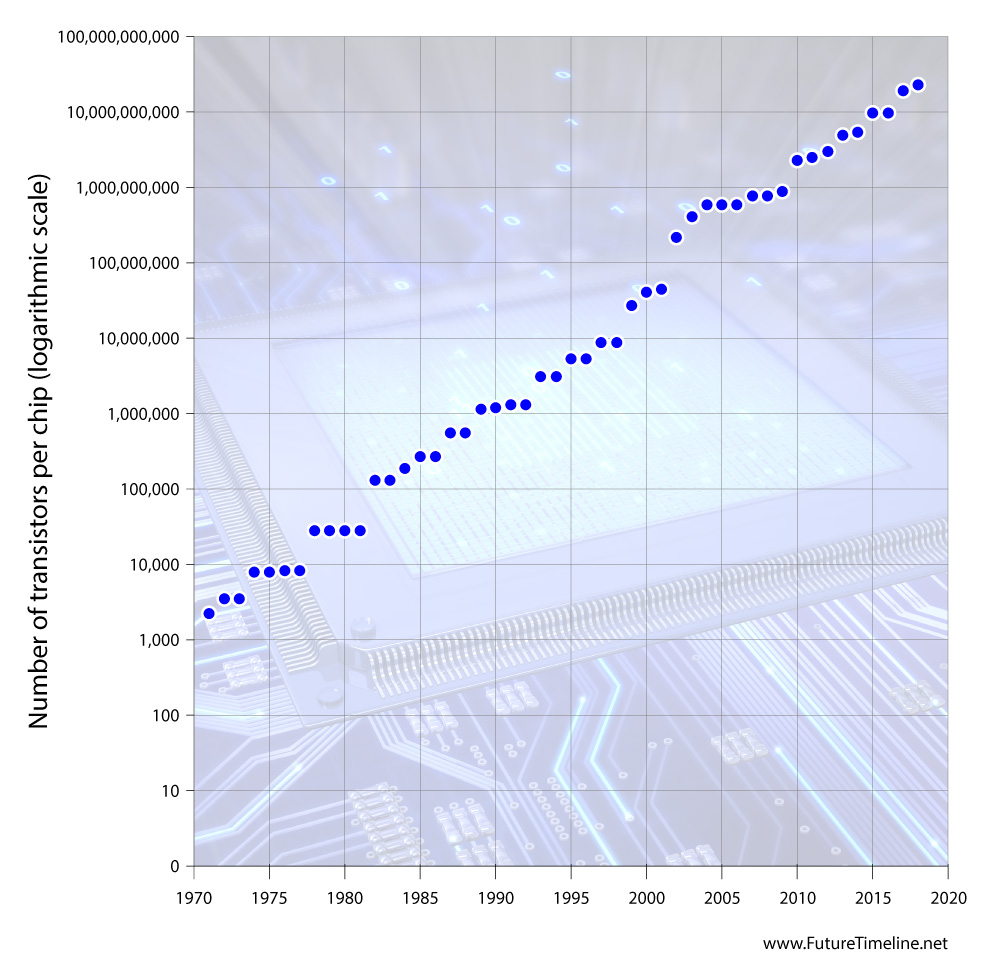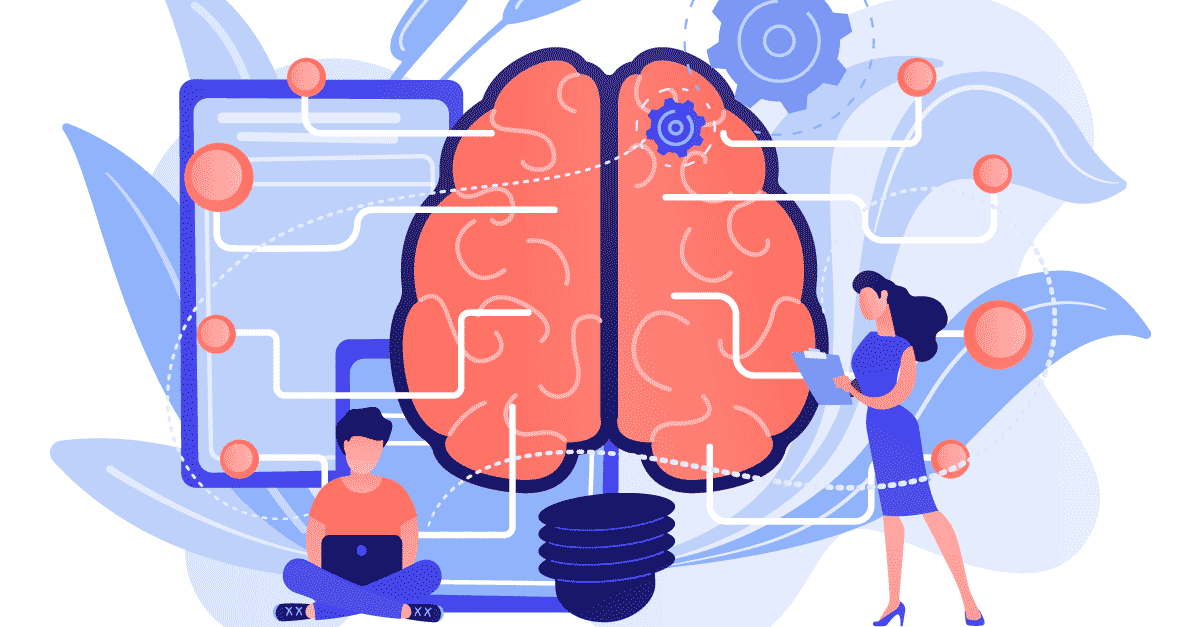
Data is scientific observations that have had their measurements and are communicated in a format that is understandable to both the observer and the reader. Although people are not data they can be recorded as observations. Digital photos of people's faces, or videos of them dancing are examples. It is a form of advanced analytics that enables the real-time analysis of huge data sets and predictive modeling. In this way, science can gain insights into human behavior.
Data refers to observations that are recorded and communicated in an understandable way to both the recorder (and the reader).
Scientists use data to support their findings when they report on their findings. Data is information that has been collected from multiple sources. It can be gathered at different scales, including over a single day, or over a period of time. One scientist may collect the data for a specific study, but many different scientists may participate in the research. Data are crucial to scientific research, as they support different arguments.
It's a form advanced analytics
Advanced analytics can be described as a way to analyze data and predict high-level events. Advanced analytics helps organizations solve complex business problems, whether they are using log data or smart application. They can spot patterns, trends and other insights that traditional BI reports can't. This type of analysis combines artificial Intelligence with historical data to answer problems in a variety if fields.

It allows real-time analysis on large data sets
Real-time analytics allows you to analyze data quickly and efficiently. It allows organizations to take action without delay and to detect patterns and trends in the behavior of their users. These real-time analytics are also useful for businesses to identify statistical anomalies and fraud in their data. This technology has many uses in business and science. Read on to discover more about the real-time benefits of analytics.
It enables predictive modeling
Data in science can be used as a predictor to improve production and business operations. Predictive model are useful for forecasting television ratings, sports, or corporate earnings. If data is not properly managed and cleaned up, it is ineffective. It can also be subjected to overfitting. When too much data is used in order to create a modeling, it does not work as expected. It is important for organizations to plan for technical limitations and understand the human behavior before they implement predictive modeling.
It enables pattern recognition
Pattern recognition is a valuable tool for many businesses. They are able predict market trends and place people in the right places to maximize output and productivity. These techniques are useful for many purposes, including image processing. This technique is the basis of data analytics. It can be used for pattern recognition, which is useful in everyday life and to predict the stock market's performance.
It enables sentiment analysis
Sentiment analysis can help you monitor customer satisfaction, improve products and services, and even increase profits. For companies to improve their products and services, they can analyze social media reviews and customer opinions. This technique can also be used in social sciences and political research to assess reaction and trends. It can be used for market research and surveys. Businesses generate huge amounts of data daily, and it's important to use it to learn how people react to products or services.

It improves customer service
Data Science allows brands to improve customer experiences and give personalized information. Machine learning algorithms can spot minor issues with products that an average customer might not be aware of. Data can also be used to alert technicians and help them identify signs of machine failure before they become serious. Data can help companies create customized experiences that will increase customer loyalty and sales. Data science can combine these tools to offer personalized information to each customer and help improve the customer experience.
FAQ
What is the most recent AI invention?
Deep Learning is the newest AI invention. Deep learning is an artificial intelligence technique that uses neural networks (a type of machine learning) to perform tasks such as image recognition, speech recognition, language translation, and natural language processing. Google created it in 2012.
The most recent example of deep learning was when Google used it to create a computer program capable of writing its own code. This was accomplished using a neural network named "Google Brain," which was trained with a lot of data from YouTube videos.
This enabled the system to create programs for itself.
IBM announced in 2015 they had created a computer program that could create music. Music creation is also performed using neural networks. These are sometimes called NNFM or neural networks for music.
Which countries are leading the AI market today and why?
China leads the global Artificial Intelligence market with more than $2 billion in revenue generated in 2018. China's AI industry includes Baidu and Tencent Holdings Ltd. Tencent Holdings Ltd., Baidu Group Holding Ltd., Baidu Technology Inc., Huawei Technologies Co. Ltd. & Huawei Technologies Inc.
China's government is investing heavily in AI research and development. The Chinese government has set up several research centers dedicated to improving AI capabilities. These centers include the National Laboratory of Pattern Recognition and the State Key Lab of Virtual Reality Technology and Systems.
China also hosts some of the most important companies worldwide, including Tencent, Baidu and Tencent. All these companies are active in developing their own AI strategies.
India is another country making progress in the field of AI and related technologies. India's government focuses its efforts right now on building an AI ecosystem.
How does AI work?
An artificial neural network is made up of many simple processors called neurons. Each neuron receives inputs and then processes them using mathematical operations.
Neurons can be arranged in layers. Each layer performs an entirely different function. The first layer receives raw data, such as sounds and images. Then it passes these on to the next layer, which processes them further. Finally, the output is produced by the final layer.
Each neuron has its own weighting value. When new input arrives, this value is multiplied by the input and added to the weighted sum of all previous values. If the result is greater than zero, then the neuron fires. It sends a signal along the line to the next neurons telling them what they should do.
This process repeats until the end of the network, where the final results are produced.
Are there potential dangers associated with AI technology?
It is. There always will be. Some experts believe that AI poses significant threats to society as a whole. Others argue that AI can be beneficial, but it is also necessary to improve quality of life.
AI's misuse potential is the greatest concern. Artificial intelligence can become too powerful and lead to dangerous results. This includes robot dictators and autonomous weapons.
AI could take over jobs. Many people are concerned that robots will replace human workers. However, others believe that artificial Intelligence could help workers focus on other aspects.
Some economists even predict that automation will lead to higher productivity and lower unemployment.
Where did AI get its start?
Artificial intelligence was created in 1950 by Alan Turing, who suggested a test for intelligent machines. He believed that a machine would be intelligent if it could fool someone into believing they were communicating with another human.
John McCarthy, who later wrote an essay entitled "Can Machines Thought?" on this topic, took up the idea. in 1956. In it, he described the problems faced by AI researchers and outlined some possible solutions.
What are some examples AI apps?
AI is being used in many different areas, such as finance, healthcare management, manufacturing and transportation. Here are a few examples.
-
Finance - AI has already helped banks detect fraud. AI can scan millions of transactions every day and flag suspicious activity.
-
Healthcare - AI can be used to spot cancerous cells and diagnose diseases.
-
Manufacturing - AI can be used in factories to increase efficiency and lower costs.
-
Transportation - Self Driving Cars have been successfully demonstrated in California. They are currently being tested all over the world.
-
Utilities use AI to monitor patterns of power consumption.
-
Education – AI is being used to educate. For example, students can interact with robots via their smartphones.
-
Government – Artificial intelligence is being used within the government to track terrorists and criminals.
-
Law Enforcement – AI is being used in police investigations. Search databases that contain thousands of hours worth of CCTV footage can be searched by detectives.
-
Defense - AI systems can be used offensively as well defensively. An AI system can be used to hack into enemy systems. In defense, AI systems can be used to defend military bases from cyberattacks.
Statistics
- That's as many of us that have been in that AI space would say, it's about 70 or 80 percent of the work. (finra.org)
- According to the company's website, more than 800 financial firms use AlphaSense, including some Fortune 500 corporations. (builtin.com)
- While all of it is still what seems like a far way off, the future of this technology presents a Catch-22, able to solve the world's problems and likely to power all the A.I. systems on earth, but also incredibly dangerous in the wrong hands. (forbes.com)
- Additionally, keeping in mind the current crisis, the AI is designed in a manner where it reduces the carbon footprint by 20-40%. (analyticsinsight.net)
- In 2019, AI adoption among large companies increased by 47% compared to 2018, according to the latest Artificial IntelligenceIndex report. (marsner.com)
External Links
How To
How do I start using AI?
One way to use artificial intelligence is by creating an algorithm that learns from its mistakes. The algorithm can then be improved upon by applying this learning.
If you want to add a feature where it suggests words that will complete a sentence, this could be done, for instance, when you write a text message. It would learn from past messages and suggest similar phrases for you to choose from.
However, it is necessary to train the system to understand what you are trying to communicate.
Chatbots can be created to answer your questions. So, for example, you might want to know "What time is my flight?" The bot will answer, "The next one leaves at 8:30 am."
If you want to know how to get started with machine learning, take a look at our guide.